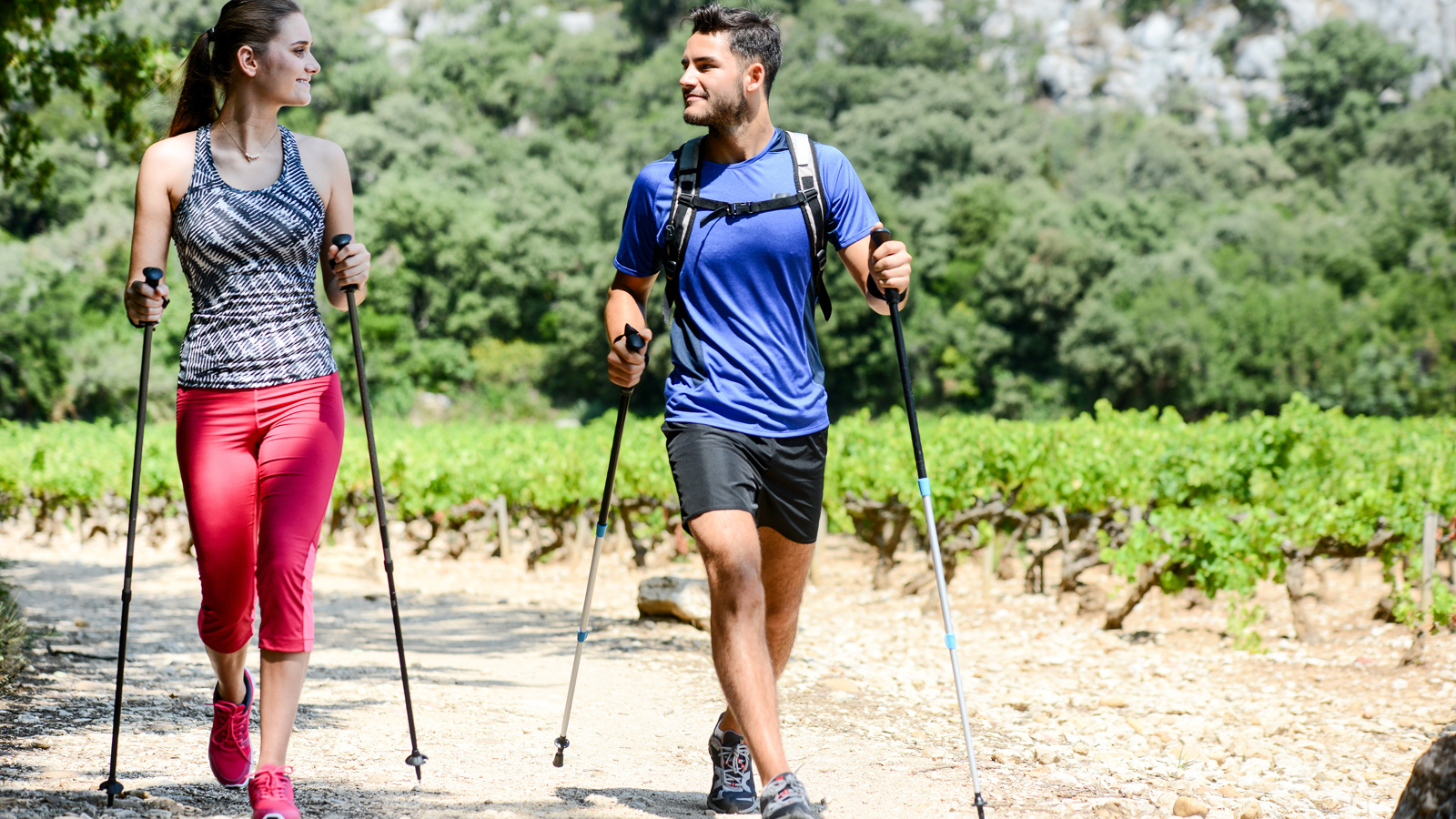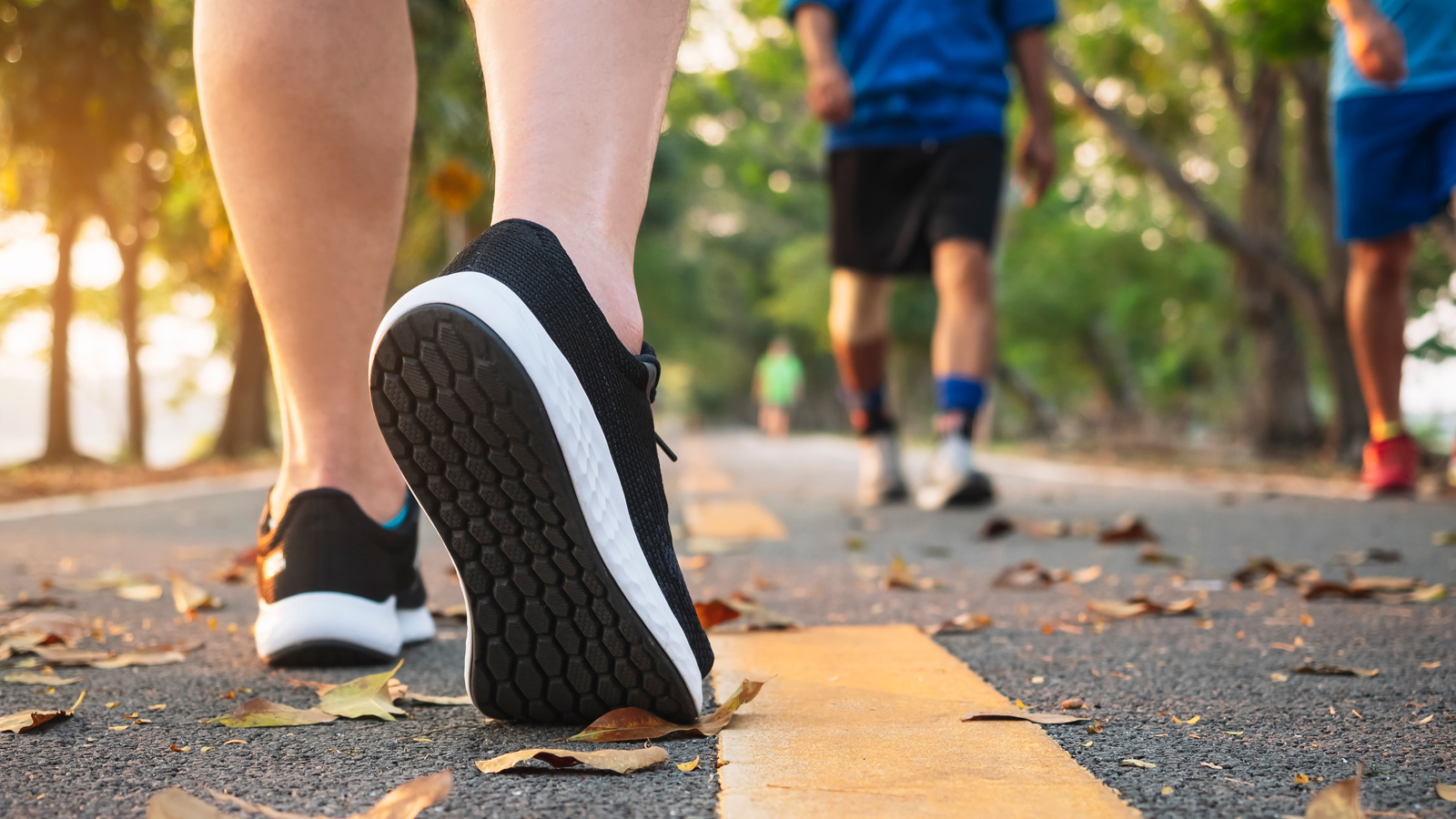Calories Burned Walking
Use the calories burned walking chart below to find calories burned walking at different paces based on body weight.

How To Calculate Calories Used Walking
The walking calorie charts use metabolic equivalents. It’s a way of comparing different activities and amounts of energy used.
1 MET (metabolic equivalent of task), represents the amount of oxygen consumed while sitting at rest and is equal to 3.5 ml O2 per kg body weight x min.
It’s a way of calculating energy expenditure.
For example, easy-paced walking has a MET value of 3 while power walking uphill has a MET value of 9.8. That’s more than 3 times as high and you’ll burn more than 3 times the calories.
Related post: How Much Walking For Weight Loss (How Many Miles Does It Take)
MET values are based on the Compendium of Physical Activities
Calories Burned Per Mile Walking
The average person burns about 80 calories per hour at a typical walking pace. There’s very little difference if you increase the pace from 2.5 mph to 3.5 mph – your walk just takes longer.
If you’re overweight or in the obese category, the calories burned per mile start to increase significantly – reflecting how hard you’re working to move a larger body.
Pace makes a much bigger difference when you’re walking at 4.5 or even 5 mph. This is power walking. You’re moving at the same pace as jogging or an easy run.
Take a look at the table below to find your calories burned per mile walking.
Calories Burned Per Mile Based On Body Weight
| Weight (lbs) | Typical Walking Pace 2.5 mph – 3.5 mph | Brisk Pace 4 mph | Vigorous Pace 4.5 mph | Power Walking 5 mph |
| 100 | 56 | 60 | 74 | 79 |
| 120 | 67 | 71 | 89 | 95 |
| 140 | 78 | 83 | 104 | 111 |
| 160 | 89 | 95 | 119 | 126 |
| 180 | 100 | 107 | 133 | 142 |
| 200 | 111 | 119 | 148 | 158 |
| 220 | 122 | 131 | 163 | 174 |
| 240 | 133 | 143 | 178 | 190 |
| 260 | 144 | 155 | 193 | 206 |
| 280 | 156 | 167 | 207 | 221 |
| 300 | 167 | 179 | 222 | 237 |
Other Ways To Track Calories Burned Walking
If you’re using a fitness tracker that counts steps, you can convert steps into miles using these charts. For the average person, there are 2000 to 2400 steps in one mile.
The number of steps you take depends on your height, stride length, and walking pace. Taller people tend to take longer strides.






